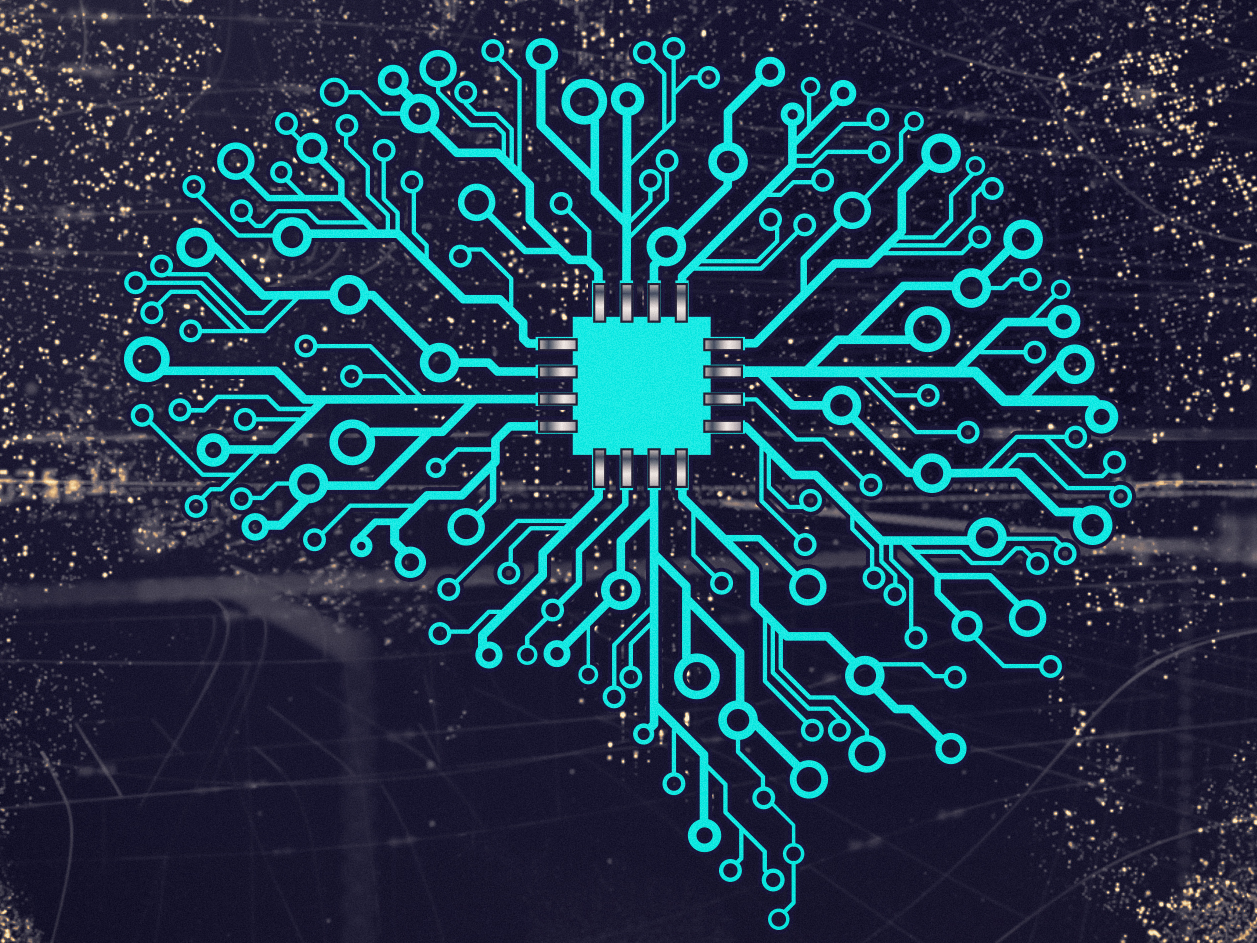Imagine raising a child who’s only ever eaten candy and never touched a vegetable—would you expect them to thrive? In much the same way, artificial intelligence grows and learns based on the “food” we give it: data. This is the secret menu behind every headline-making AI breakthrough and every embarrassing AI blunder. The quality, variety, and even the “nutritional” value of this data shape what AI can understand, imagine, and accomplish. As we stand on the brink of an AI-powered future, the question isn’t just how smart these machines can get, but whether we are giving them the right fuel. The truth might shock and inspire you—because what we feed our algorithms today will decide the intelligence, fairness, and creativity of tomorrow’s AI.
The DNA of Artificial Intelligence: Data at Its Core
AI doesn’t learn in a vacuum; it’s built from the ground up by consuming vast amounts of information. Think of data as the DNA for every AI system. If you give an AI thousands of images of cats, it becomes an expert at recognizing feline faces. But if you only feed it blurry, low-quality pictures, its understanding will be fuzzy at best. The data we provide forms the foundation for every decision, prediction, or sentence AI creates. This means that the breadth, depth, and accuracy of data are every bit as important as the code powering the algorithms. Just as a chef can only make a great meal with good ingredients, AI needs high-quality data to reach its full potential.
Garbage In, Garbage Out: The Consequence of Poor Data
There’s an old saying in computer science: “Garbage in, garbage out.” If we feed AI systems flawed, biased, or incomplete data, the results can be embarrassingly inaccurate—or even dangerous. Imagine training a medical AI on outdated health records. The recommendations it makes could put lives at risk. This problem isn’t just technical; it’s deeply human. Our biases, oversights, and blind spots end up reflected in the AI’s behavior. The infamous case of AI recruitment tools that favored male candidates over female ones reveals just how easily these systems can amplify real-world prejudices. The lesson is clear: careful curation of data isn’t optional; it’s absolutely essential.
Diversity on the Data Plate: Why Variety Matters
A balanced diet helps living things grow strong and adaptable, and the same goes for AI. When algorithms are trained on diverse data sets—images from different countries, voices with varied accents, stories from many cultures—they develop a broader, more flexible intelligence. This diversity lets AI systems recognize faces in every shade, understand dialects, and offer better recommendations to everyone. Without it, AI risks becoming narrow-minded, only working well for a privileged few. In a world as varied as ours, feeding AI a rich, diverse diet isn’t just a technical choice; it’s a moral responsibility.
The Scale of Consumption: How Much Data Is Enough?
If you’ve ever wondered how much information AI eats up, the numbers are staggering. Some language models consume hundreds of billions of words—enough to fill millions of books. Image recognition systems might analyze millions of photos before they can tell a dog from a muffin. Yet, bigger isn’t always better. Too much repetitive or low-quality data can actually confuse AI, leading to overfitting—a kind of digital tunnel vision. Striking the right balance between quantity and quality is a complex, ongoing challenge for researchers. Like athletes who need just the right amount of calories, AI thrives on the perfect portion: not too little, not too much.
Hidden Ingredients: The Problem of Data Bias
Beneath the surface of every data set lurk hidden ingredients—biases, stereotypes, and historical baggage. These invisible flavors seep into AI’s understanding, sometimes turning helpful tools into problematic ones. For example, facial recognition systems have struggled to accurately identify people with darker skin tones, simply because their training data was overwhelmingly light-skinned. This isn’t just a technical oversight; it’s a reflection of social inequalities. Tackling these biases requires constant vigilance, creative solutions, and, sometimes, difficult conversations about what we value as a society.
The Role of Data Labeling: Giving Meaning to Information
Raw data is like a pile of unsorted groceries; without context, it’s not very useful. Data labeling—attaching meaning to pieces of information—helps AI systems understand what they’re looking at. Whether it’s tagging a photo as “dog” or labeling a medical scan as “healthy,” these annotations teach AI the difference between objects, emotions, and even intentions. But labeling is labor-intensive and sometimes subjective. A smile in one culture might mean happiness, while in another, it could mean nervousness. The way we label data shapes how AI interprets the world, making this step both powerful and perilous.
Real-World Examples: When AI Gets It Right—and Wrong

The impact of data quality is everywhere. In healthcare, AI trained on diverse patient data can spot rare diseases that doctors might miss. But when the data is narrow or outdated, the same system might overlook critical symptoms. In entertainment, streaming platforms use AI to recommend shows, but users sometimes complain about repetitive or irrelevant suggestions—a sign that the algorithm’s “diet” needs more variety. Even in weather forecasting, AIs fed with global data can predict storms with surprising accuracy, while those with patchy data struggle. These real-world outcomes show just how much rides on the data we provide.
Data Privacy and Ethical Sourcing: Feeding AI Responsibly
Not all data is fair game. Collecting and using information about people raises serious privacy and ethical questions. Should AI be trained on private conversations or personal photos? How do we ensure consent and protect sensitive information? As AI becomes more powerful, the need for responsible data sourcing grows. Laws and guidelines now demand transparency, accountability, and respect for individual rights. Feeding AI isn’t just a technical process; it’s a careful balancing act that weighs innovation against privacy and public trust.
Dynamic Diets: How AI Continues to Learn

AI’s hunger for data never ends. Even after an algorithm is launched, it needs fresh information to adapt to a changing world. Self-driving cars, for example, constantly learn from new road conditions, weather patterns, and driver behaviors. This ongoing diet keeps AI systems alert, responsive, and safe. But it also means that data quality must be monitored over time, not just at the beginning. Like a garden that needs regular tending, AI systems require continual updates to stay healthy and relevant.
The Human Touch: Why People Still Matter in the Data Diet
Despite all the talk about algorithms and automation, humans remain at the center of the data diet. We choose what to collect, how to label, and when to intervene. Our creativity, curiosity, and empathy shape which questions AI can answer and which problems it can help solve. When we feed AI thoughtfully, we give it the chance to become a force for good—amplifying the best of human knowledge and bridging gaps in understanding. But if we neglect our role, AI’s potential can sour, echoing our mistakes instead of our wisdom.
Looking Ahead: Shaping the Future of AI Intelligence
As AI’s appetite for data grows, so does our responsibility. Every image, voice, and sentence we feed into these systems helps define the intelligence of tomorrow. By demanding transparency, insisting on diversity, and championing ethical practices, we can ensure that AI grows up to serve everyone—not just a select few. The choices we make today will echo for generations, shaping not only what machines know, but what they can dream. Are we ready to become the stewards of AI’s diet and, by extension, its destiny?



